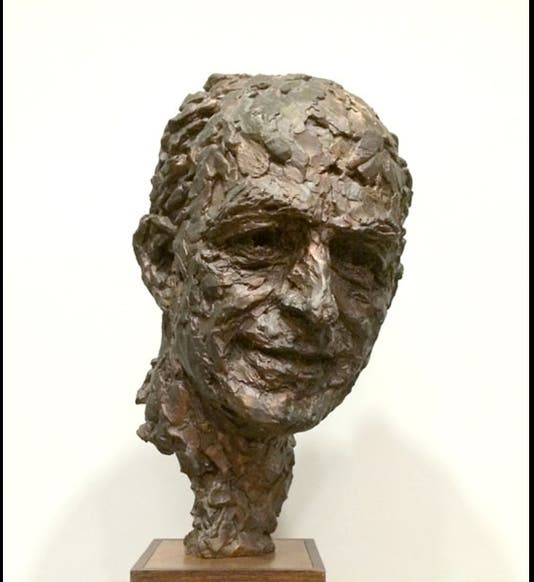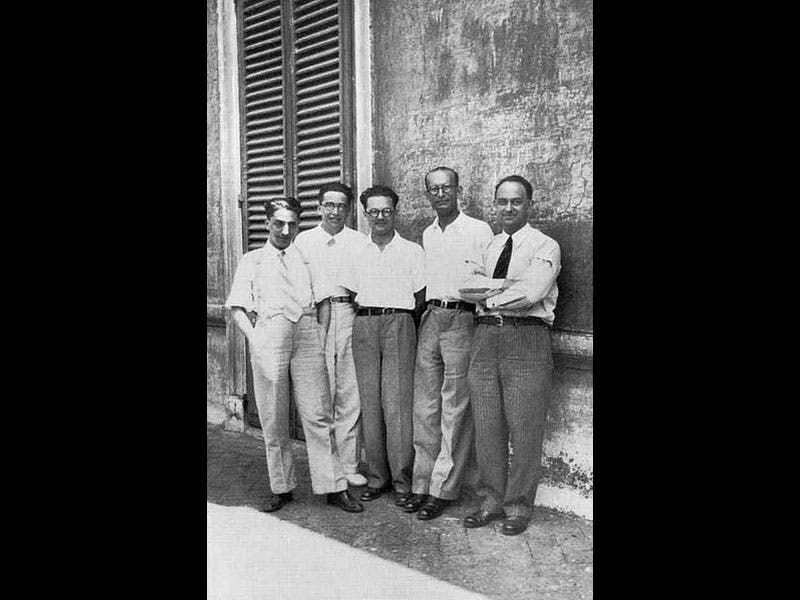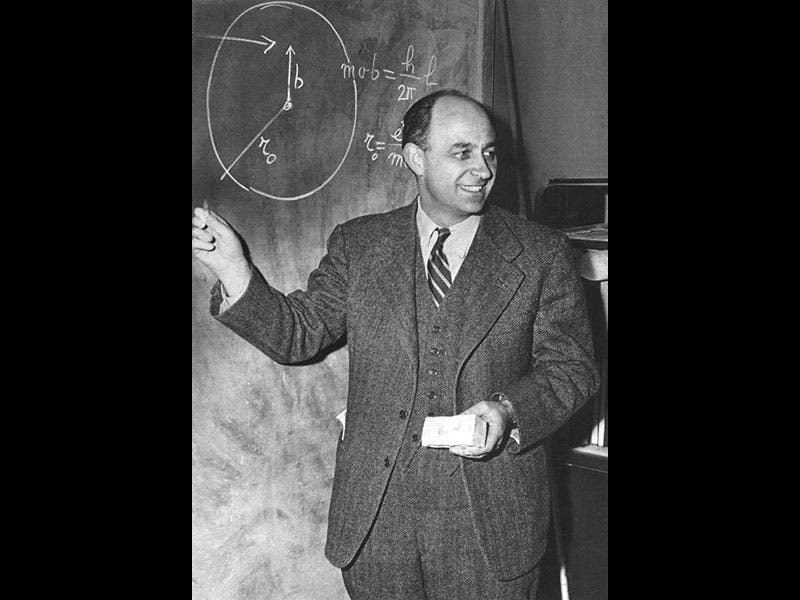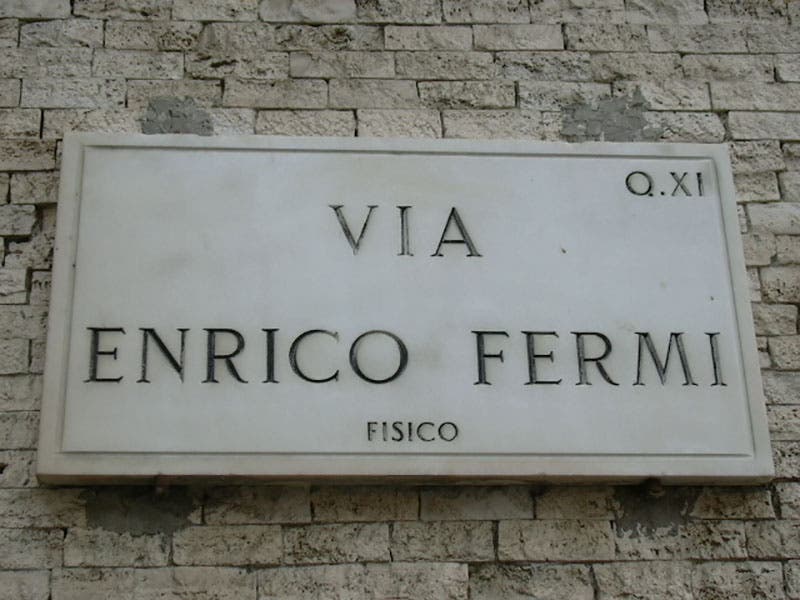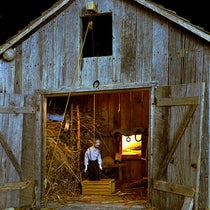Scientist of the Day - Enrico Fermi
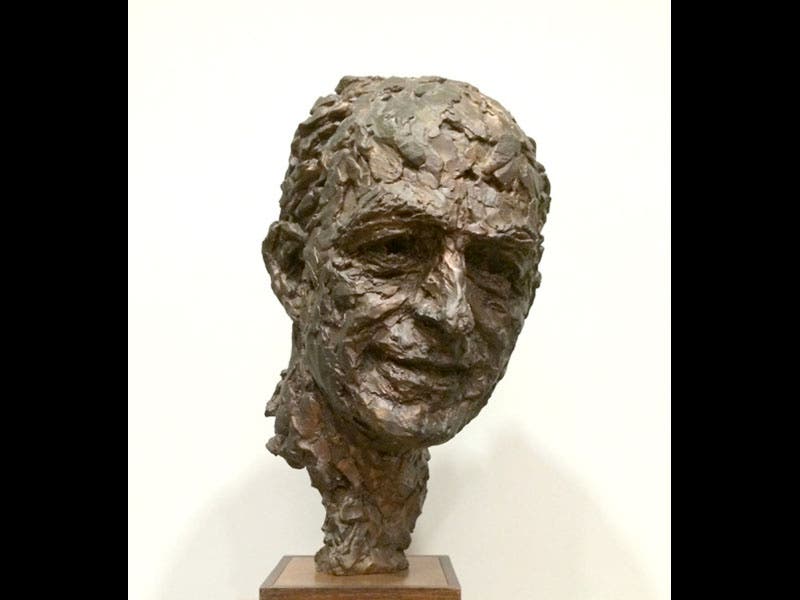
Enrico Fermi, an Italian physicist, was born Sep. 29, 1901. In the 1930s, Fermi set up a very productive research institute in Rome, and his group made several important discoveries about the atomic nucleus. He discovered first of all that a neutron can turn into a proton by releasing an electron and a brand new kind of particle, a neutrino. Later that very same year, 1934, Fermi’s research team discovered that if you slow neutrons down, by passing them through paraffin, they are much more easily absorbed by other atoms, a crucial discovery that was essential for the future of nuclear physics. The second photo above shows Fermi and his Roman research team—Fermi is on the far right.
Fermi should have received the Nobel Prize for one of these two discoveries, or both. Instead, Fermi received the Nobel Prize in Physics in 1938 for creating the first “transuranic” elements. Fermi had bombarded uranium with slow neutrons and created various strange new elements, which he assumed were heavier than uranium, because of the added neutrons. This is one of the few times (if not the only time) in history that a Nobel Prize has been awarded for an erroneous discovery, because what Fermi had actually done was to split the uranium atom into two parts, and his new elements were not transuranic at all, but fission products like barium and strontium. They were not recognized as such, because absolutely no one expected them, since no one had the foggiest idea that the atom could be split that easily. It wasn’t until after Otto Hahn split the uranium atom in 1938 and recognized that the barium is a byproduct of fission, that it was realized that Fermi had actually done it first, without realizing what he had accomplished. But the award turned out to be a good thing for Fermi, even if it was for the wrong reason. The trip to Stockholm to receive his medal (third image) allowed him to escape from fascist Italy and thence to the United States, where he would play a vital role in the Manhattan Project by constructing the first atomic pile. The fourth image is a photo of Fermi, the teacher, during his United States years.
Fermi has lots of things named after him: fermions, the Fermi paradox, Fermilab. But we imagine he would be most pleased to learn that Rome named a street in his honor (fifth image). Who would not want to be a via in the Eternal City.
The Linda Hall Library owns a bronze best of Fermi, sculpted by Robert Berks, who also designed the Albert Einstein Memorial in Washington, D.C. It sits in the outer reading room of the History of Science Center (first image).
Dr. William B. Ashworth, Jr., Consultant for the History of Science, Linda Hall Library and Associate Professor, Department of History, University of Missouri-Kansas City. Comments or corrections are welcome; please direct to ashworthw@umkc.edu.

